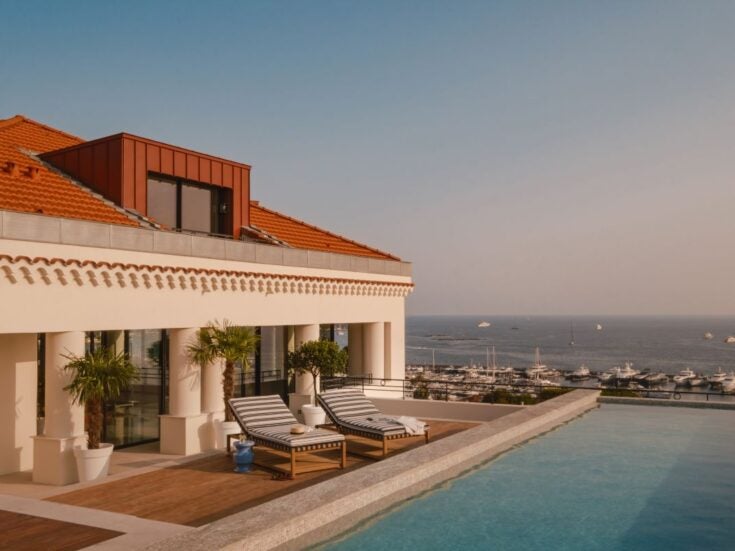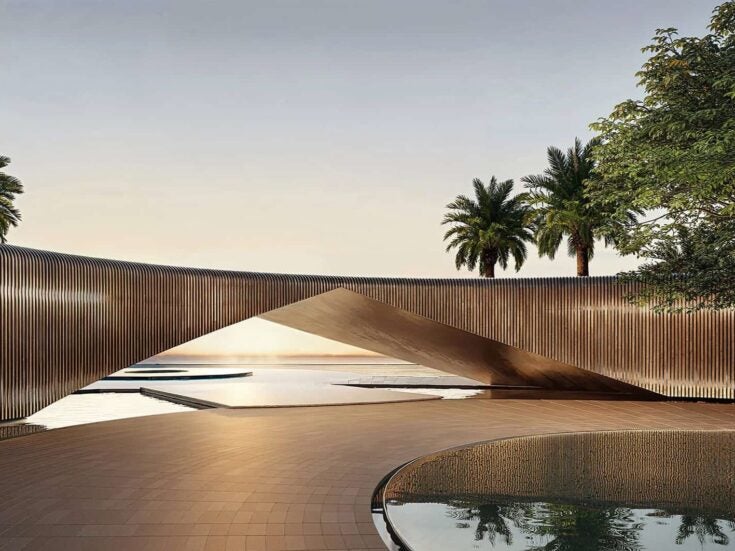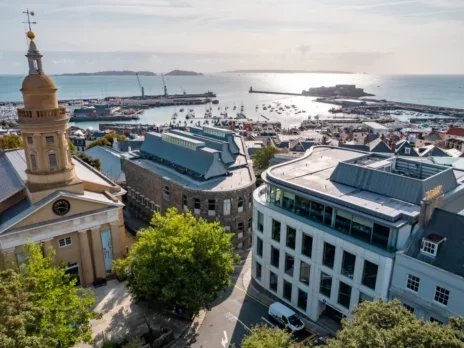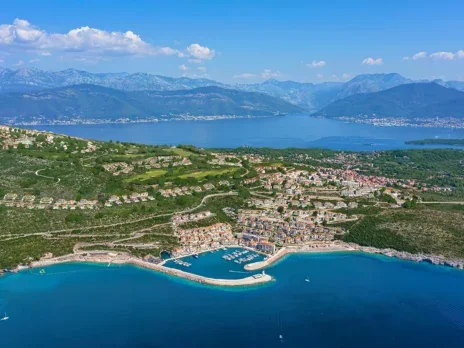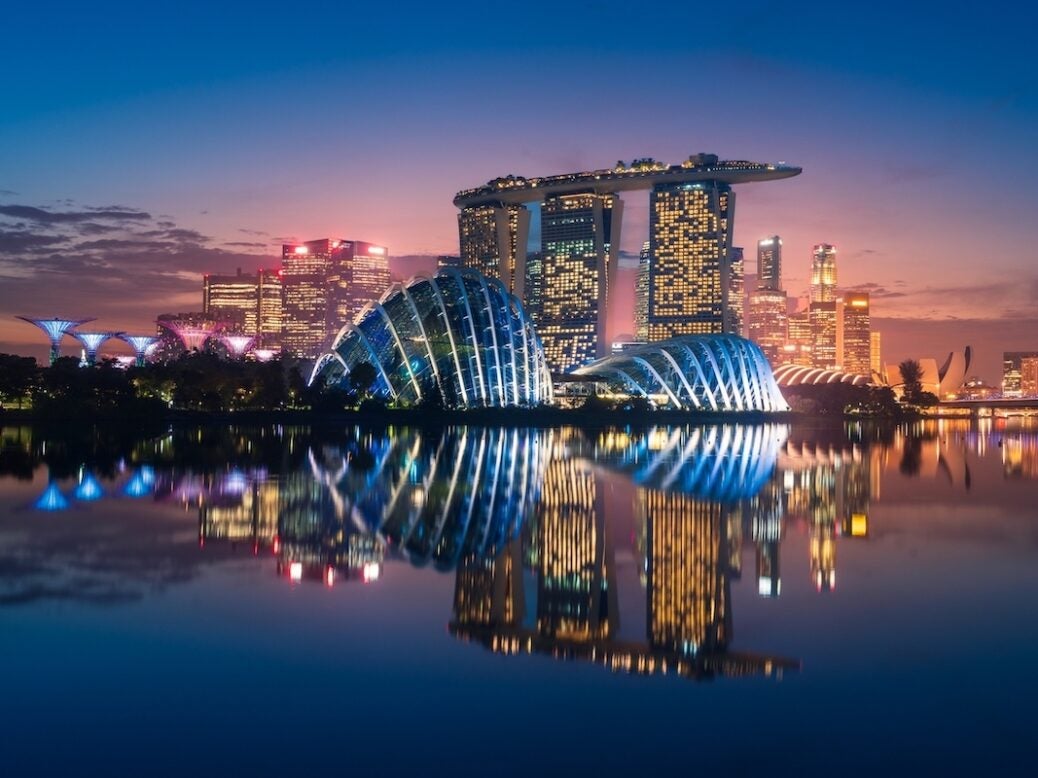
Singapore is the most expensive place in the world to hold a super-prime residential property, according to new findings from Savills, which Spear’s can reveal exclusively today.
Savills calculated the costs of ownership for foreign, non-resident buyers in various global hotspots, based on the assumption they would hold the property for 10 years before selling it.
The research found that the owner of a Singapore property worth $10 million would have to pay fees and taxes that would add up to two-thirds of the purchase price, meaning the real cost of buying, holding and selling a $10 million home would be $16.6 million.
This is significantly more than the second-placed city on the list, Sydney, where total additional costs are 20.4 per cent of the purchase price, meaning the total cost of owning a $10 million home would be $12.4 million. New York and London are close behind at $12.2 million and $12.1 million, respectively.
[See also: The best property lawyers]
The significant extra costs of buying in Singapore were likely put in place to curb an unsustainable post-pandemic demand for property, associate director of Savills’ world research team Kelcie Sellers told Spear’s.
Sellers said: ‘Taxes have always been used by governments as a tool to either stimulate or dampen demand. The best example of that is in 2023, when Singapore doubled their foreign buyers duty from 30 per cent to 60 per cent. There was no grace period, no nothing.
‘Clients really need to consider these figures, because it is not just the sticker price on a house that people wind up paying.’
Nearly 80 per cent of the Singaporean population live in Housing and Development Board (HDB) homes, which is government-administered housing that is generally unavailable to non-Singaporeans. With only 20 per cent of properties in Singapore being on the private market, measures like increasing taxes can help to control demand.
[See also: Super-rich line up for 1 Mayfair £35-million luxury residences]
In contrast to Singapore’s high figures, other east Asian countries have significantly lower additional costs attached to owning a property. In Shanghai, it costs only 5.8 per cent of the purchase price to buy, hold and sell a $10 million home. The city, which is the most populous urban area in China, is home to 58 billionaires according to Forbes, and has a large luxury property market.
However, Sellers pointed out that the data for Chinese properties is more hypothetical. She said: ‘While we include Chinese markets, it is very difficult to nearly impossible purchase a second home in China as a foreigner. You have to have a residence permit, so you should be living there full-time. So, for the Chinese markets, it is a bit more of a thought experiment.’
Property sellers in the US are exposed to significant added costs compared to the rest of the world. While selling a property adds 2.2 per cent to Londoners’ added costs, and 1.1 per cent and 2 per cent for Singapore and Dubai, respectively, vendors in the land of Selling Sunset and Owning Manhattan can expect to pay much more, amounting to 7.4 per cent in New York and 7.5 per cent in Los Angeles. Along with buyers’ fees and property taxes, this makes New York the second-most expensive place to buy a $10 million home as a non-resident in the world.

Buyers in London face the second-highest purchase taxes of the cities included in the Savills research. This is partly owed to the 10.8 per cent stamp duty which is placed on a $10 million home, which alone adds an extra over $1million to the cost of buying such a property. The cost of holding a property in London, which is only an extra 0.1 per cent of the property price, has continued to entice HNW buyers to the UK capital. However, with recent headlines indicating a possible overhaul of UK property taxes, change may soon be afoot.
[See also: The Roaring Twenties: Why London is in a ‘golden decade’ for super-prime property]

